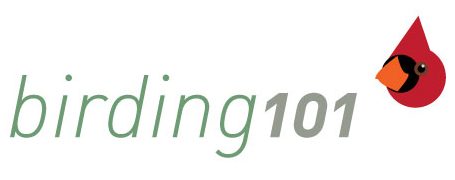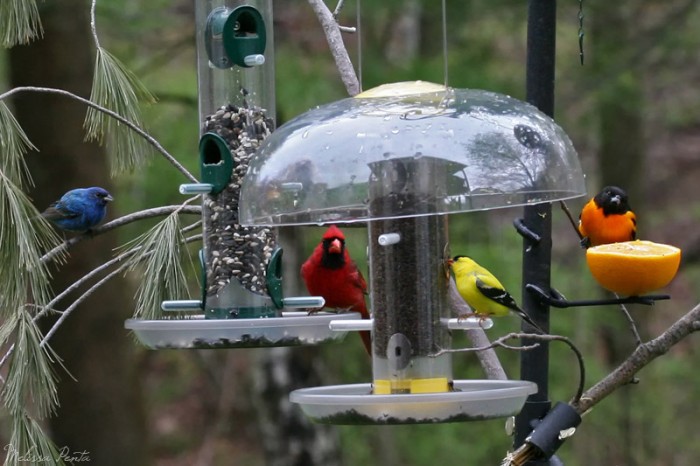More useful feeders
Have you got a bird feeder in your backyard? If so you can contribute to science. Don’t worry if you don’t know all the birds by name yet, you will learn as you go along with FeederWatch.
Project FeederWatch organized by Cornell Lab of Ornithology and Bird Studies Canada, is a winter-long survey of North American birds that is conducted every year by thousands of birdwatchers–FeederWatchers–across the United States and Canada. By counting birds at their backyard feeders, FeederWatchers learn more about birds and bird behavior while they contribute to an important scientific endeavor.
Anyone with an interest in birds can participate in Project FeederWatch! FeederWatch is conducted by people of all skill levels and backgrounds, including children, families, individuals, classrooms, retired persons, youth groups, nature centers, and bird clubs.
New participants receive a research kit containing instructions, a poster of common feeder birds, a calendar, and an instructional handbook full of information about birds and bird feeding. Participants submit their counts through our website or on optional paper forms. FeederWatchers receive a subscription to the Lab’s quarterly newsletter, Living Bird News as well as FeederWatch’s annual publication, Winter Bird Highlights, which summarizes the results of the previous season.
With all those perks, the $15 annual fee ($12 for Cornell Lab of Ornithology members) to participate feels like a tremendous bargain and you give support to a well worthy project.
FeederWatchers periodically count the birds they see at their feeders from November through early April and send their counts to Project FeederWatch. FeederWatch data help scientists track broadscale movements of winter bird populations and long-term trends in bird distribution and abundance.
New Project FeederWatch participants joining before March 1 will be enrolled in the remainder of this season (ending April 5)–plus you’ll be signed up for the entire 2013-14 season, at no extra charge!
Sign up NOW! – Just CLICK HERE.
More information about Project FeederWatch is available on our website:
https://feederwatch.org
………………………………………………………………………………………………….
If you liked this post, please consider sharing it with your friends, on mailing lists you belong to, on Twitter, on Google+, on your Facebook wall, and on Facebook groups or you may blog about it. The more people we can get to take part in citizen science the more we will learn about the distributions of the birds and the variations of population sizes.
Finally, subscribe to this blog, not to miss any future posts.
In the next post, we shall brief you about Great BackYard Bird Count which starts on Friday February 15 over the weekend. New for this year is that it is global.
Photos: Scrub Jay by Jack Sutton/Feederwatch and bachelors by Melissa Penta/Feederwatch .

